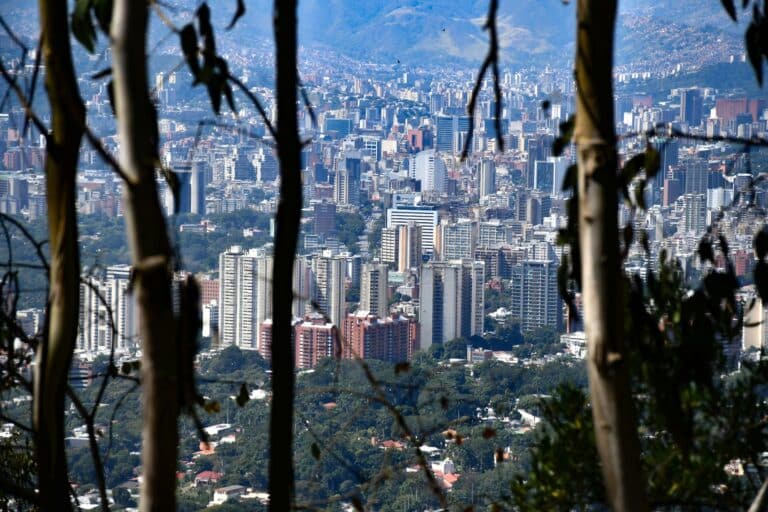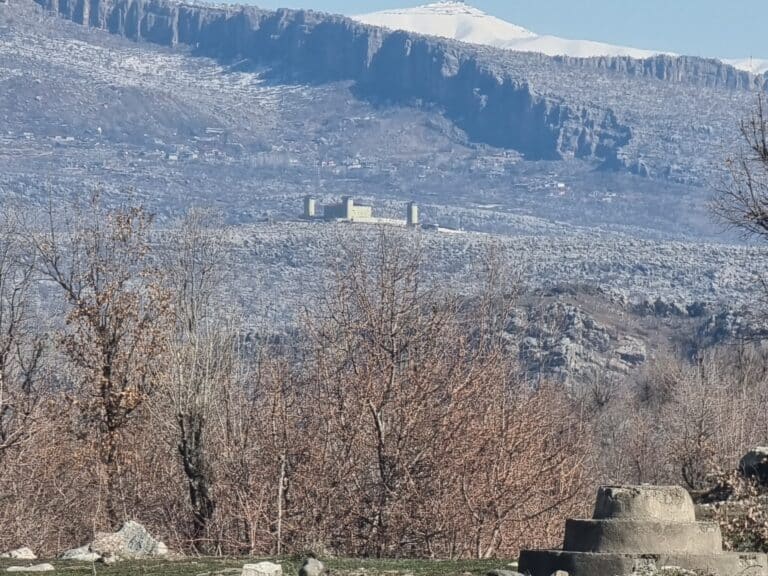by CPT Palestine
[Note: According to the Fourth Geneva Convention, the Hague Regulations, the International Court of Justice and several UN resolutions, all Israeli settlements and outposts in occupied Palestine are illegal.]
Israel’s High Court of Justice on 2 September heard but did not resolve two cases with deep implications for settlement expansion and land annexation in the West Bank. The court postponed its ruling on Hebron’s al-Rajabi Building and sent a case related to a firing zone in the South Hebron Hills to mediation.
 Forging ahead
Forging ahead
The al-Rajabi Building, a Palestinian-owned apartment block in Hebron’s H-2 area, is strategically located between the Ibrahimi Mosque/Cave of Machpelah and the Kiryat Arba settlement.
Settlers occupied the building in March 2007 after claiming to have purchased it. By November 2008, Israeli criminal investigators found that ownership documents had been forged.
When the settlers refused to leave voluntarily, the Israeli army forcibly evicted them. The UN Office for the Coordination of Humanitarian Affairs (OCHA) reported that after the eviction, settlers set fire to area Palestinian homes, farms, olive trees and vehicles. Six Palestinians were injured, two with live ammunition. OCHA documented further settler “pricetagging” (reprisal) attacks on Palestinians and their property in twelve other areas.
If settlers gain control of the Al Rajabi building, a series of Israeli checkpoints and by-pass roads will effectively sever Hebron’s northern H-2 (Israeli-controlled) area from the southern H-1 area, incorporating H-2 into Kiryat Arba’s settlement infrastructure. Already endemic human rights violations by the military will escalate with the additional personnel necessary to secure the Jewish-only corridor in a high traffic area.
Such an outcome would also have heavy implications for future land purchases, setting a precedent for obtaining lands with forged documents—a fact the court has acknowledged.
Menachem Blum, of the law firm representing the Al Rajabi family, plans to appeal the verdict if the court rules in favor of the settlers. “We had a strong argument based on the fact that documents were forged and that the buyers have only paid three-quarters of the sum of the property,” Blum said.
Firing and Harassment Zone
Firing Zone 918 in the South Hebron Hills is a second key challenge to Palestinian sovereignty in the West Bank, affecting thousands of Palestinians in eight villages on over 7,500 acres.
Since the 1970 declaration of Firing Zone 918, the Palestinians living in those communities have suffered constant harassment and violence from Israeli settlers and soldiers. This harassment has included impromptu road blocks of impassable mounds of rubble, low flying helicopters creating dust clouds over shepherds herding their sheep, destruction of their homes—including caves continuously inhabited for thousands of years—crushing of their livestock with bulldozers, and other obstacles that have impeded the daily routines of the land’s inhabitants.
 In 1999, the Israeli military issued evacuation orders for 700 of the area’s residents, loaded them onto trucks in the middle of the night, let them off at the outskirts of the nearby Palestinian city of Yatta and destroyed Palestinian buildings and wells in the area.
In 1999, the Israeli military issued evacuation orders for 700 of the area’s residents, loaded them onto trucks in the middle of the night, let them off at the outskirts of the nearby Palestinian city of Yatta and destroyed Palestinian buildings and wells in the area.
Despite the decision to send the case to mediation, the mood outside the courtroom afterward was hopeful.
Court documents laid out what lawyers argued is a weak legal justification for Palestinian displacement. The Israeli army claimed the area is largely abandoned and the Palestinians are nomads, not permanent residents, but documents showed the centrality to Palestinian life of the land within the firing zone. The army argued that the distance to an alternate site would add cost and reduce army fitness. The land area the military seeks as dedicated firing zone in the West Bank is larger than all West Bank land under full Palestinian control as set out in the Oslo Agreement (“Area A”).
Evidence shows a strong correlation throughout the West Bank between the dozens of outposts that Israeli settlers set up without permission from their own government, and the location of firing zones throughout occupied Palestine. These firing zones, like the outposts, are thus an excuse to establish “facts on the ground” and a tool to expropriate Palestinian land for Israeli annexation.
What the mediation holds is anybody’s guess, but the consequence for the Palestinian inhabitants is not.



